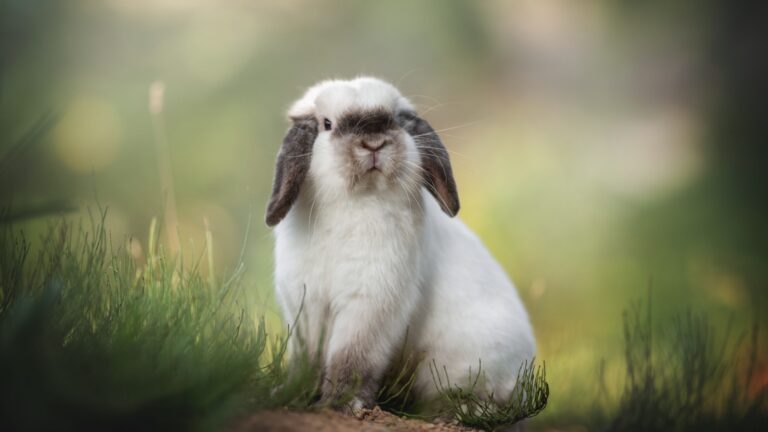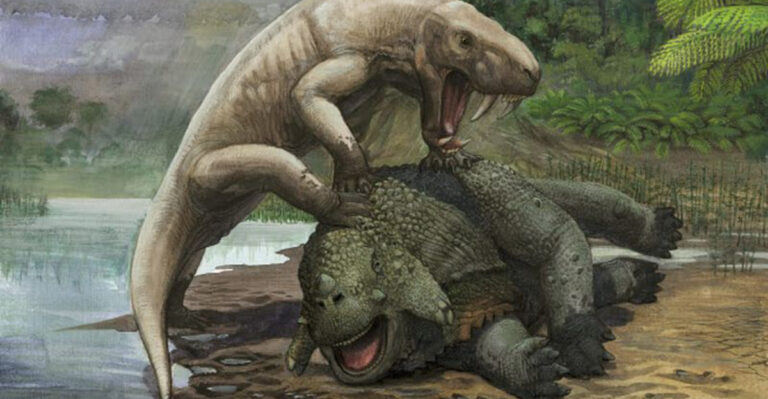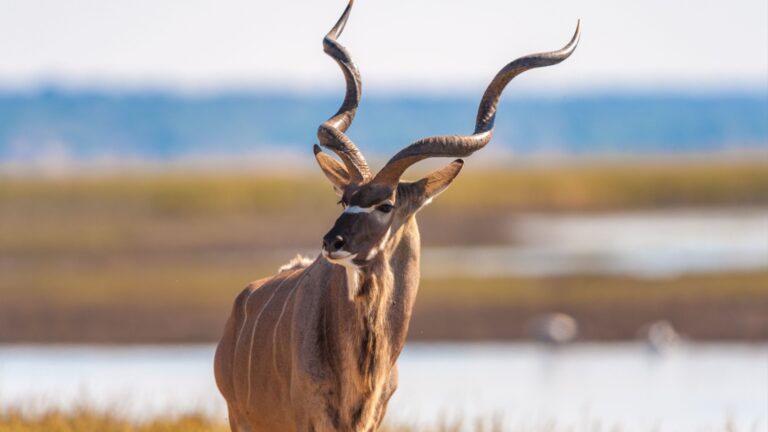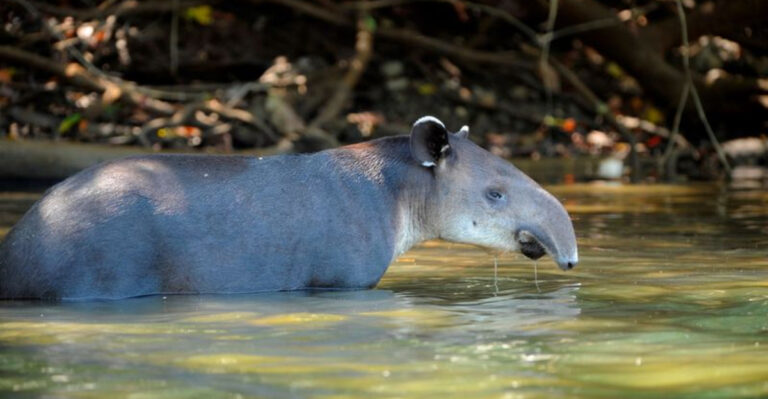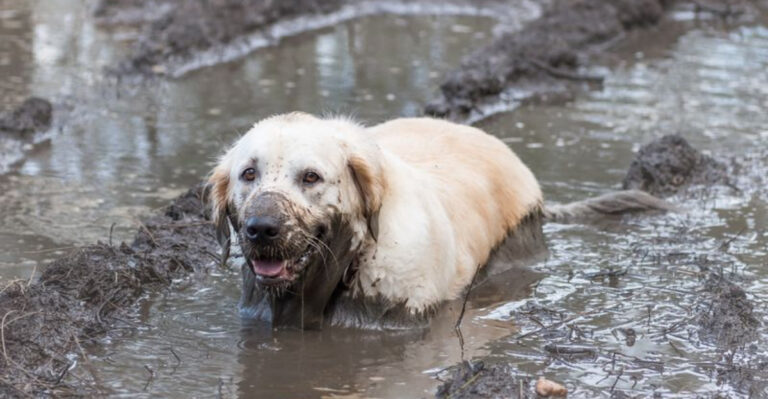Top 9 Black Snakes In Texas (One Is Venomous!)
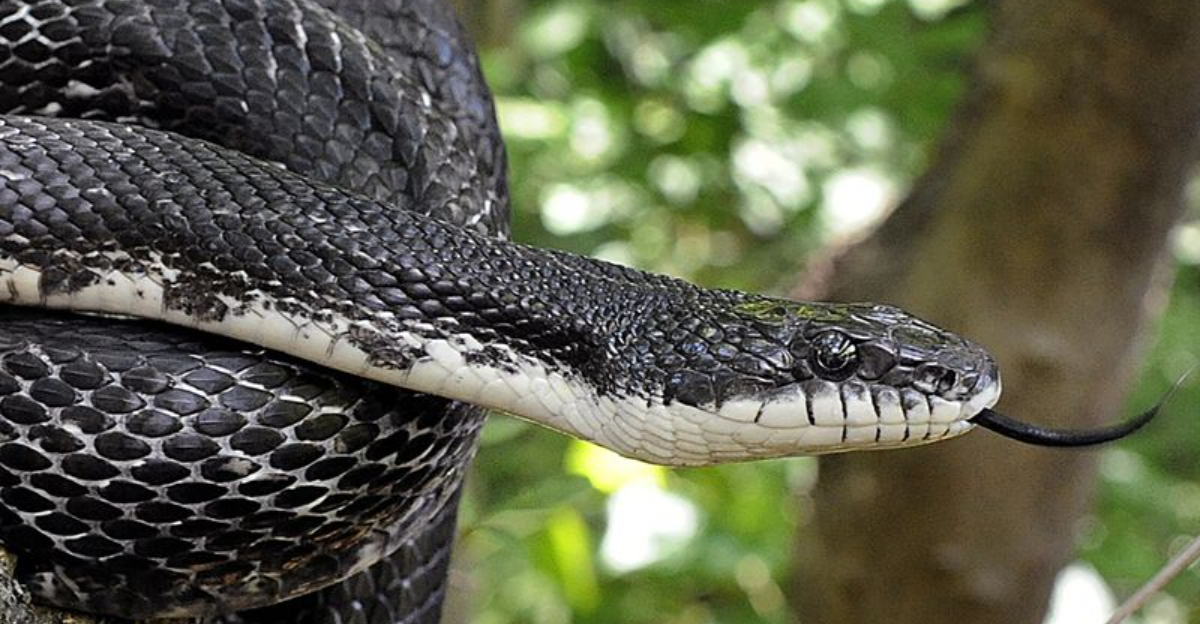
Snakes are fascinating creatures, and Texas is home to some of the most interesting black snakes.
Whether you’re a snake enthusiast or just curious about the different species slithering around, this list covers the top black snakes you’ll find in Texas.
With unique characteristics and behaviors, these snakes are a vital part of the ecosystem. The last one on our list is famously venomous, so read on to learn more about these captivating reptiles.
1. Texas Indigo Snake
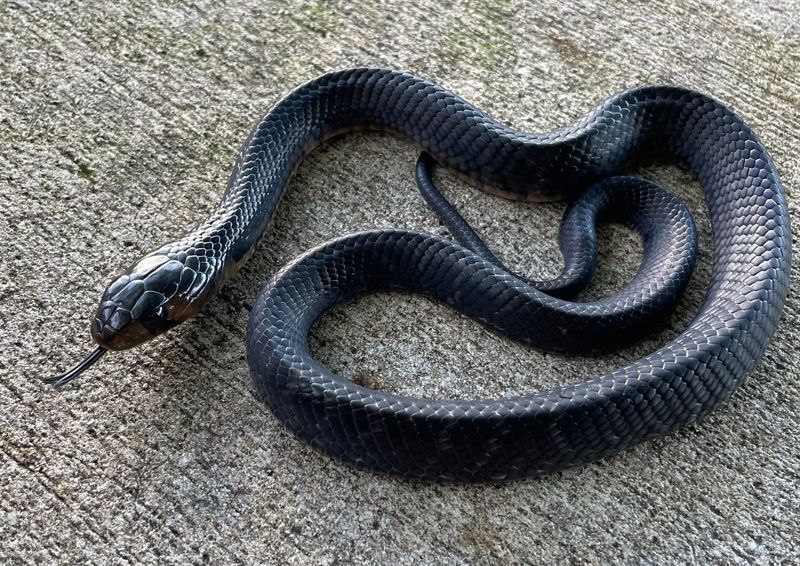
The Texas Indigo Snake, a true giant among snakes, roams the dry Texan grasslands with its glossy black scales glistening in the sun.
This snake is a friend to farmers, as it often preys on rodents and other small animals. Its impressive length, sometimes reaching up to 8 feet, makes it a remarkable sight.
Even more fascinating is its fearless nature; it occasionally takes on rattlesnakes without hesitating.
Despite its size, the Texas Indigo Snake is non-venomous and poses no threat to humans.
Known for its calm demeanor, it usually avoids confrontation, making it a gentle giant of the snake world.
2. Eastern Black Kingsnake
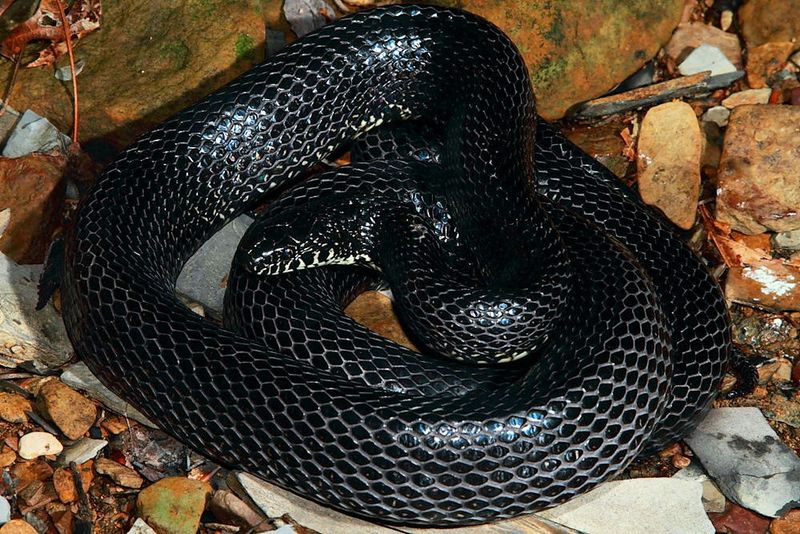
The Eastern Black Kingsnake is a striking reptile found in the forests of Texas, where it blends seamlessly with the shadows.
Its sleek, black body may sport faint white specks, adding to its allure.
What makes this snake truly fascinating is its diet, which includes other snakes, earning it the nickname “Kingsnake.”
Despite its fierce name, the Eastern Black Kingsnake is harmless to humans. Its preference for secluded areas and its secretive nature make encounters rare.
However, if you spot one, you’ll be witnessing a master of survival and adaptability in the animal kingdom.
3. Western Rat Snake
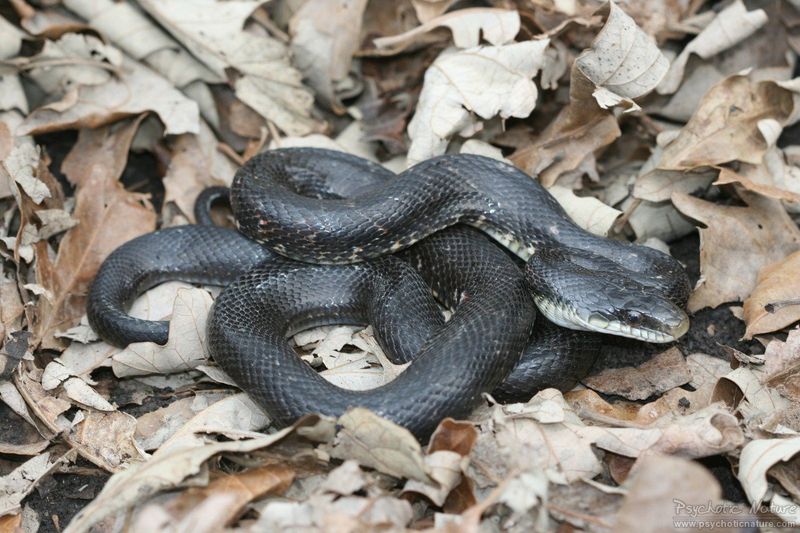
The Western Rat Snake, with its long and slender body, is a common sight in rural Texas.
Known for its climbing prowess, it often scales trees in search of birds and eggs. Its glossy black appearance is both elegant and intimidating to its prey.
This snake is non-venomous and beneficial for controlling rodent populations. With keen eyesight and a curious nature, it’s always exploring its environment.
When threatened, it may mimic a rattlesnake’s behavior, shaking its tail in dry leaves as a clever defense, all while remaining harmless to humans.
4. Black Racer
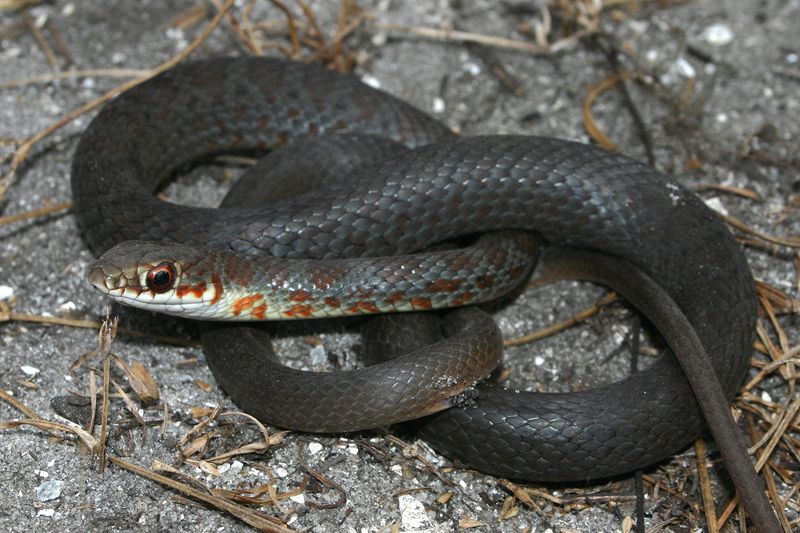
The Black Racer is aptly named for its speed and agility, making it one of the fastest snakes in Texas.
Its sleek, black body allows it to move quickly through grassy meadows, often surprising unsuspecting prey.
Though it might seem intimidating, this snake is non-venomous and poses no threat to humans. Its diet mainly consists of insects, frogs, and small mammals.
Its swift nature makes it a challenging subject for photographers, but its energetic presence is truly a marvel in the world of reptiles.
5. Coachwhip Snake
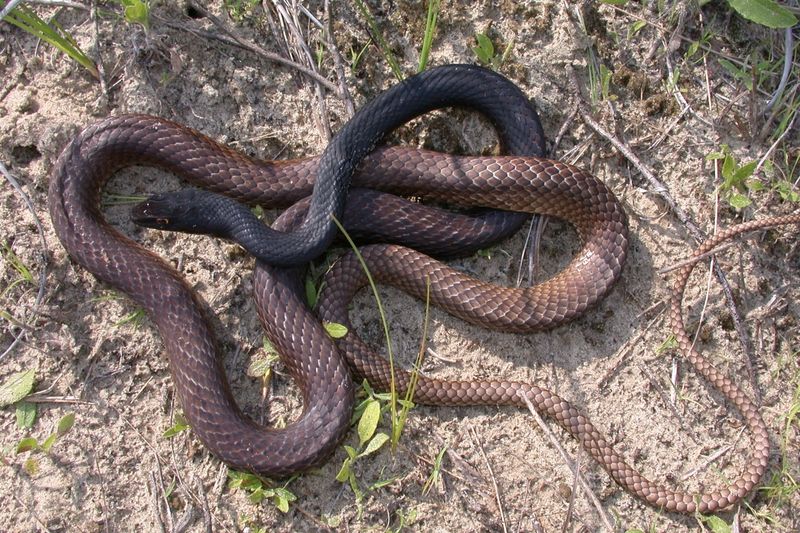
The Coachwhip Snake, known for its striking appearance, features a long, patterned body with shades of black and tan, resembling a braided whip.
This snake is an agile and active hunter, often seen basking on sunlit rocks in Texas.
Despite its fearsome look, the Coachwhip Snake is non-venomous. It’s known for its speed and curiosity, often raising its head like a periscope to survey its surroundings.
This inquisitive nature adds to its charm, making it a fascinating sight for those lucky enough to spot it in the wild.
6. Black Rat Snake
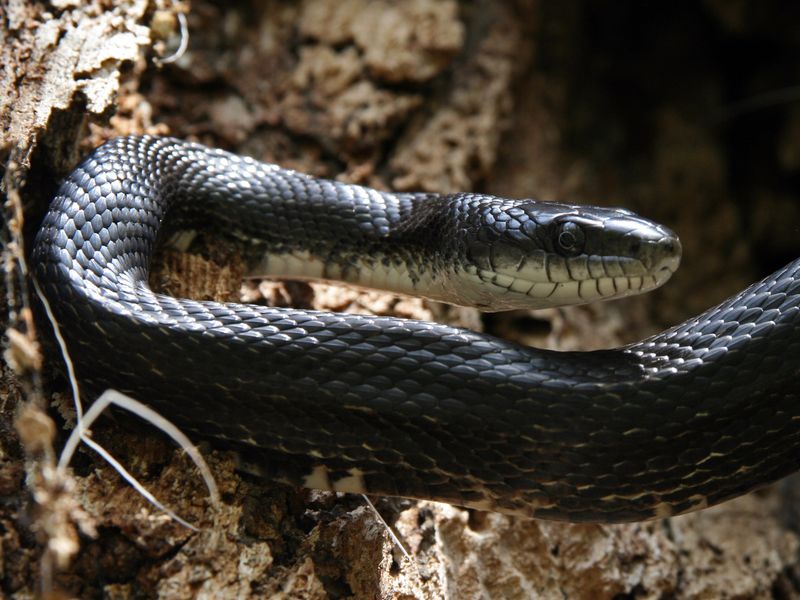
The Black Rat Snake is a familiar face in Texas barns and rural areas. With its glossy black scales and placid demeanor, it’s often spotted coiled in quiet corners, resting.
This snake is a helpful presence as it keeps rodent populations in check.
Non-venomous and generally docile, the Black Rat Snake prefers to avoid human interaction. Its impressive climbing ability allows it to navigate barns and trees alike.
7. Black Swamp Snake
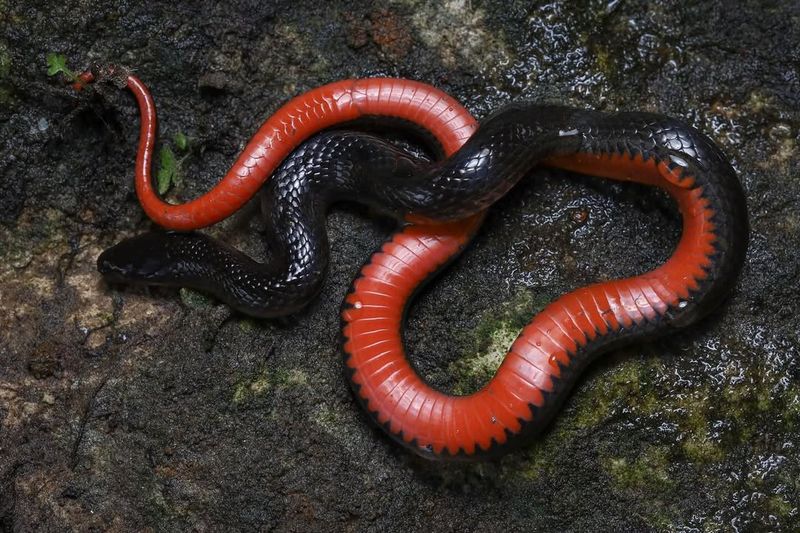
The Black Swamp Snake is a lesser-known inhabitant of Texan marshes and wetlands. Its glossy black body and small size make it a stealthy swimmer in its watery habitat.
Though it might go unnoticed, this snake plays a crucial role in the ecosystem. Feeding primarily on small fish and amphibians, it helps maintain ecological balance.
Non-venomous and shy by nature, it’s rarely seen by humans.
However, those who venture into its marshy home may catch a glimpse of its smooth, graceful movements, a reminder of the hidden wonders in Texas’s natural world.
8. Mexican Black Kingsnake
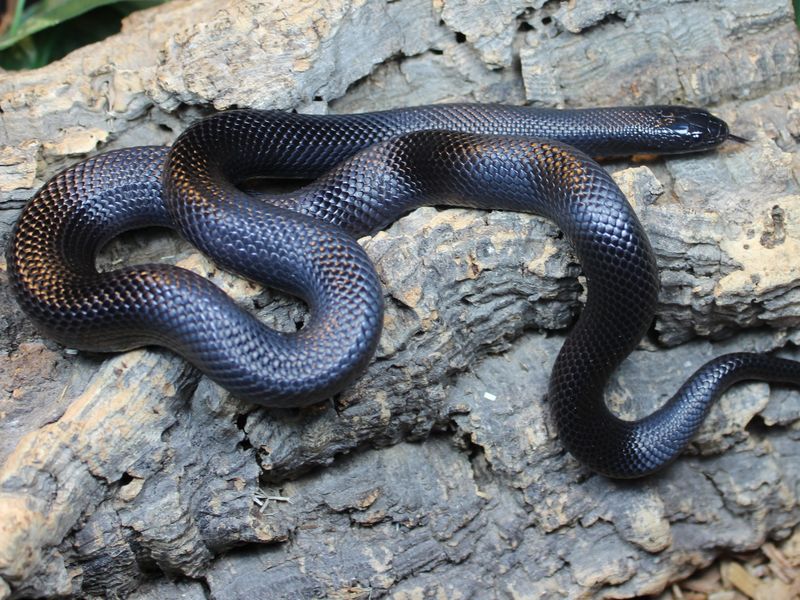
The Mexican Black Kingsnake is a stunning reptile known for its jet-black, shiny scales that glisten in the Texan sun.
This snake is a skilled hunter, preying on rodents and other reptiles, including venomous snakes. Its presence is beneficial as it helps control pest populations.
Non-venomous and generally docile, the Mexican Black Kingsnake is an intriguing sight in rocky terrains.
Its striking appearance and ecological role make it a valuable member of Texas’ diverse wildlife, captivating those who are fortunate enough to encounter it in its natural habitat.
9. Cottonmouth (Venomous)
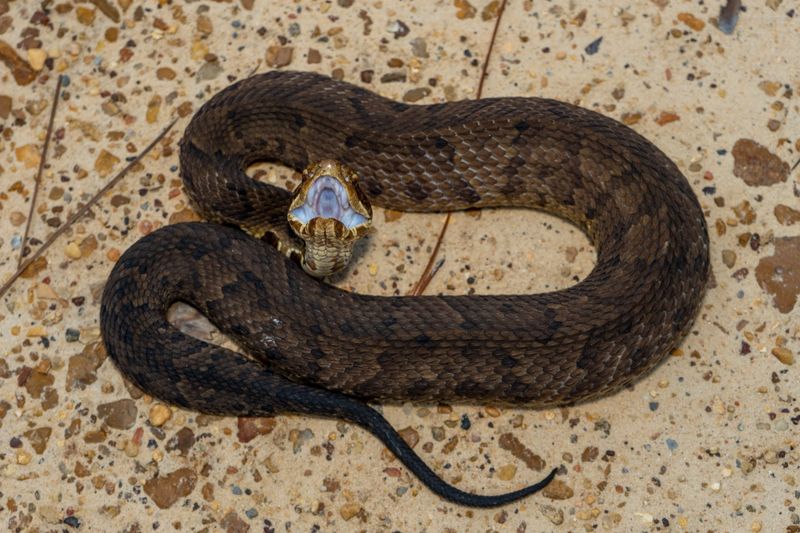
The Cottonmouth, also known as the Water Moccasin, is the only venomous black snake in Texas, and it commands respect.
Its distinct white mouth interior, visible when threatened, gives it its name. Often found near water bodies, this snake is an adept swimmer.
Though its venomous bite can be dangerous, the Cottonmouth prefers to avoid humans and will only strike if provoked.
Its role in controlling fish and amphibian populations is vital for maintaining ecological balance.
Observing a Cottonmouth from a safe distance offers a glimpse into the captivating yet cautious world of venomous snakes.

